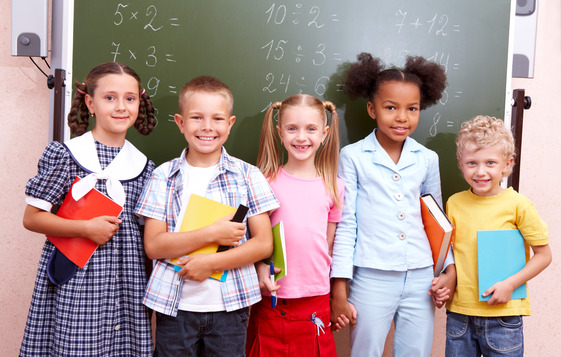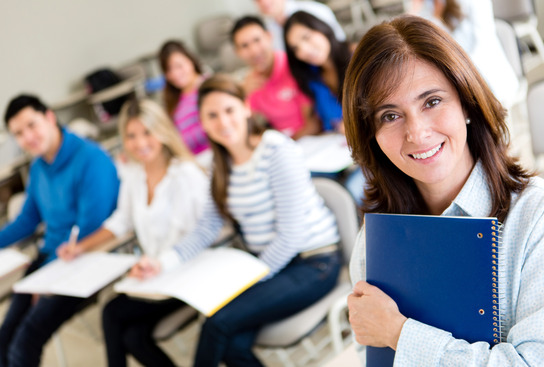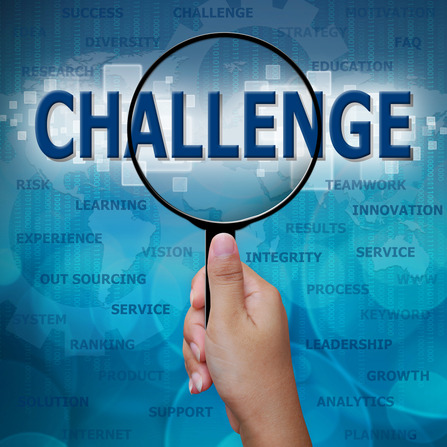Education is one of the most important aspects in any society in the world. In the modern times, the education sector is vitally important for the stability and progress of any country across the world. While most countries have recognized the importance of the education sector, let us take a look at the education system prevailing in one of the ancient societies of the world namely South-Africa.
Structure of Education System in South-Africa:
In South-Africa, all the people have the fundamental right to basic education, which includes adult basic education and further education. Based on the Bill of Rights of the country’s Constitution, it is a part of the duties of the state to progressively make this education available and accessible to everyone by undertaking the necessary measures.
Basically, there are as many as 11 official languages in South-Africa, but most schools and universities usually use either English or Afrikaans as their language of instruction.
Before 2009, Department of Education was responsible for handling all of the educational affairs in South-Africa. But after that, it has been synchronized into two national departments, namely the Department of Basic Education (DBE), which is responsible for primary and secondary education and the Department of Higher Education and Training (DHET), which is responsible for tertiary education and vocational training.
Further, the DBE deals with public schools, private schools (also known as independent schools), early childhood development (ECD) centres, and special needs schools. The public schools and private schools in South-Africa are collectively referred to as ordinary schools, which comprise of around 97% of the schools prevailing in South-Africa. The DHET deals with further education and training (FET) colleges, adult basic education and training (ABET) centres, and higher education (HE) institutions.
There are nine provinces in South-Africa, which are also having its own education departments that are liable for the implementation of the policies of the national department, and even for dealing with the local matters.
Basic Education System (Primary and Secondary Schools):
The DBE officially divides grades into two “bands” called General Education and Training (GET), which comprises of grade 0 plus grades 1 to 9, and Further Education and Training (FET), which comprises of grades 10-12 and non-higher education vocational training facilities.
The GET (General Education and Training band) is further divided into “phases” called the Foundation Phase (grade 0 plus grade 1 to 3), the Intermediate Phase (grades 4 to 6), and the Senior Phase (grades 7 to 9).
However, the administrative structure of most of the ordinary schools in South-Africa does not resonate the division of band and phases. Based on the traditional understanding, most schools are known either as “primary” schools (ranging from grade R plus grades 1 to 7) or “secondary” schools, which are also known as high schools (ranging from grades 8 to 12).
Higher Education and Training System:
Higher Education and Training, which is also referred to as tertiary education, comprises of education for undergraduates and postgraduate degrees, certificates and diplomas, up to the stage of the doctoral degree.
It is necessary to appear for a “Matriculation Endorsement” for a university entrance, however, there are some universities, which set their own additional academic requirements. South-Africa is having a vibrant higher education sector, having more than a million students enrolled in different universities, colleges and universities of technology across the region.
South-Africa’s vibrant higher education sector is marked with 23 state-funded tertiary institutions which includes 11 universities, six universities of technology, and six comprehensive institutions. At the same time, there are even new institutes of higher education such as the Northern Cape National Institute for Higher Education and the Mpumalanga National Institute for Higher Education.
There are many South-African universities, which are world-class academic institutions, working at the most advanced levels in research in many areas. Even though they are subsidized by the state, they are autonomous, and report directly to their own councils instead of government.
Facts and Figures:
South-Africa, which is having a total population of around 49 million people, has as many as 6000 secondary schools. Based on the national census of 2011, out of the total South African population, 35.2% of black/African, 32.6% of coloureds, 61.6% of Indians/Asians and 76% of white citizens are known to have completed an education of high school or higher. 41.7% out of the total population has completed an education of high school or higher, where as 8.6% out of the population aged 20 years and older has not done any schooling at all.
Based on the latest available statistics from the Department of Basic Education, it is revealed that there were 12,428,069 pupils and students (also known as “learners”), who were enrolled in public and independent schools (known as “ordinary schools), who were attending 25 826 educational institutions and were served by 4,25,167 teachers and lecturers (also known as “educators”). Out of the total enrolled learners, 11,923,674 (96%) belonged to the public schools and 5,04,395 (4%) belonged to the independent schools.
The average ratio of learners as compared to teachers is 30.4 to one in South-Africa, which contains educators who are paid for by school governing bodies. Leaving those posts aside, the ration would have been 32.3 to one. Generally, public schools are having larger classes than those in independent schools.
The metric pass rate, which previously happened to be only 40% in the late 1990s, has grown significantly. In total, there were 5,11,152 candidates, who sat for the matriculation examinations in 2012, out of which 73.9% passed them out. This marked an increase of 13.3% from 2009 (60.6%).
Most of all, South-Africa marks one of the highest levels of public investment in the education sector in the world. With around 7% of the gross domestic product (GDP) and 20% of the total state expenditure, the South-African government spends more on education than on any other sector.
Challenges Faced by the Education System:
Despite all facts and figures and the accomplishments of South-Africa in the field of education, there are some serious challenges that it faces on the road of improvement in the education sector. It becomes necessary to study these adversities, so that there generates new ways out to overcome them.
The student participation rate – that is, the proportion of 18- to 24-year olds in higher education – is as low as 16% in South-Africa. Thus, one of the major challenges which lies ahead in the education sector is to improve the student participation rate, so that more number of people get availed of higher education which is crucial for the improved progress rate in the region.
Equity has yet to be achieved: almost 58.5% of whites and around 51% of Indians enter higher education. The rate for coloureds is 14.3%, while blacks are even lower at 12%. The reason for this is generally understood as poor quality primary and secondary schooling, which is a priority for the current government.
Another important challenge is to achieve equity in the classes of people who are getting the higher education in South-Africa. There are around 58.5% of the whites and around 51% of the Indians who are entering for getting higher education. This rate among coloureds is just 14.3%, while in case of blacks, it is even lesser at 12%. The reason behind this poor ratio is mainly the poor quality of primary and secondary education received by these locals due to which they are not feeling necessary to avail higher education.
Conclusion:
Although, the current government is taking necessary steps to improve upon this equity ratio, the results of its measures cannot be predicted with surety. Looking to the present situation, it can be said that there is a greater need for building about a mass awareness by the government about the significance of education and especially getting higher education on a mass level among all the classes of population residing in South-Africa in order to drastically improve the rates of people getting higher education over there.




